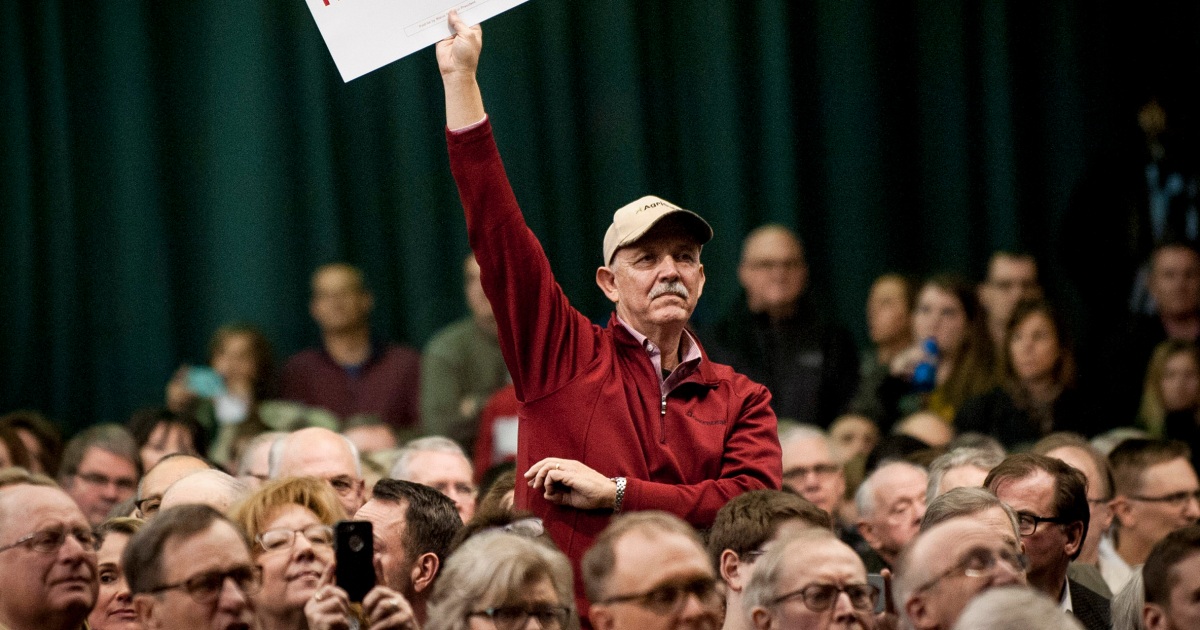On Monday evening, Iowa Republicans will gather in schools and community centers to kickstart the GOP’s presidential nominating process. These caucuses mark the beginning of a months-long journey towards electing their preferred candidate. Let’s take a closer look at how the caucuses work and what they mean for the 2024 election.
When and Who Can Participate?
The caucuses will take place on Monday, January 15 at 8 p.m. ET (7 p.m. in Iowa). To participate, eligible voters must be at least 18 years old by November 5, 2024, which is the general election day. While caucusgoers must be registered with the Republican Party, they don’t have to have always been Republicans. Independents or Democrats who want to take part can re-register for the GOP caucus. Same-day voter registration is also available for those who haven’t previously registered or caucused.
The Caucus Process
It’s important to note that Democrats and Republicans conduct their caucuses differently. Republicans use a simple secret-ballot vote to select their candidate, while Democrats engage in shuffling from one corner of a caucus site to the other.
Caucusgoers arrive before 7 p.m. CT and begin by checking in. They then proceed with procedural measures, such as electing precinct chairs and precinct secretaries. Next, the new chairs invite supporters of each presidential candidate to address the room. After the speeches, caucusgoers receive their ballots to cast their votes. The votes are collected, tabulated, and usually announced to the room.
Reporting the Results
The Iowa GOP has a process in place for precincts to upload their unofficial results to a web-based app. These results then undergo verification before being posted online via a link on the state party website, which will be available on the day of the caucuses.
Delegate Allocation
A total of 40 Republican National Convention delegates are at stake in the Iowa caucuses, out of a total of 2,429 that will eventually be awarded. These include 25 at-large delegates, 12 congressional district delegates, and three RNC members.
Delegates are awarded proportionally based on the candidates’ share of the statewide vote. For example, if a candidate receives 28% of the vote, they will be allocated a corresponding number of delegates. In the 2016 Iowa GOP caucuses, Ted Cruz received 8 delegates with 28% of the vote, Donald Trump and Marco Rubio each received 7 delegates with 24% and 23% of the vote, respectively, while the remaining candidates shared the rest.
Understanding the Iowa caucuses is essential in grasping the dynamics and early results of the 2024 election. Stay tuned to F5 Magazine for the latest updates and analysis on this crucial political event.

